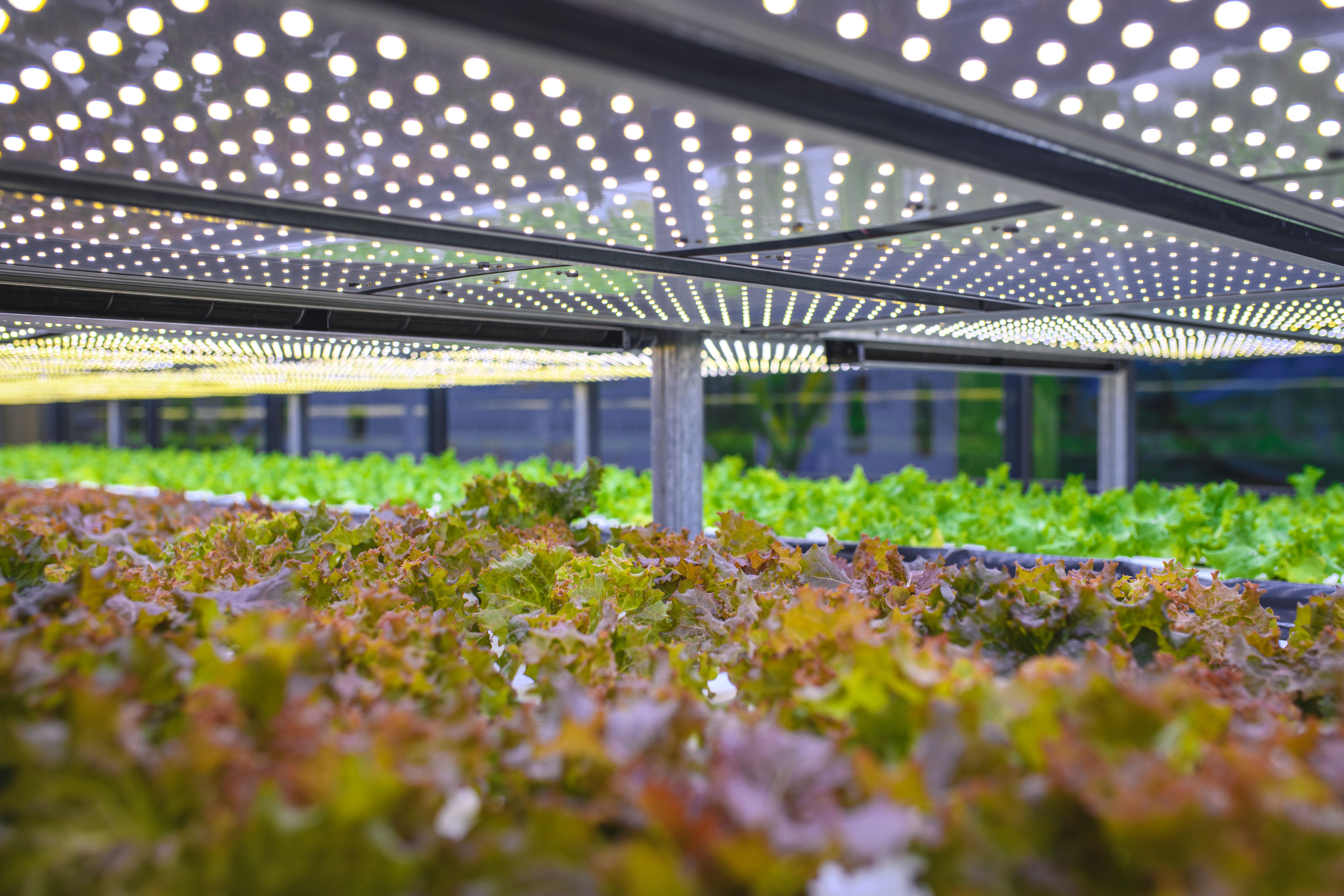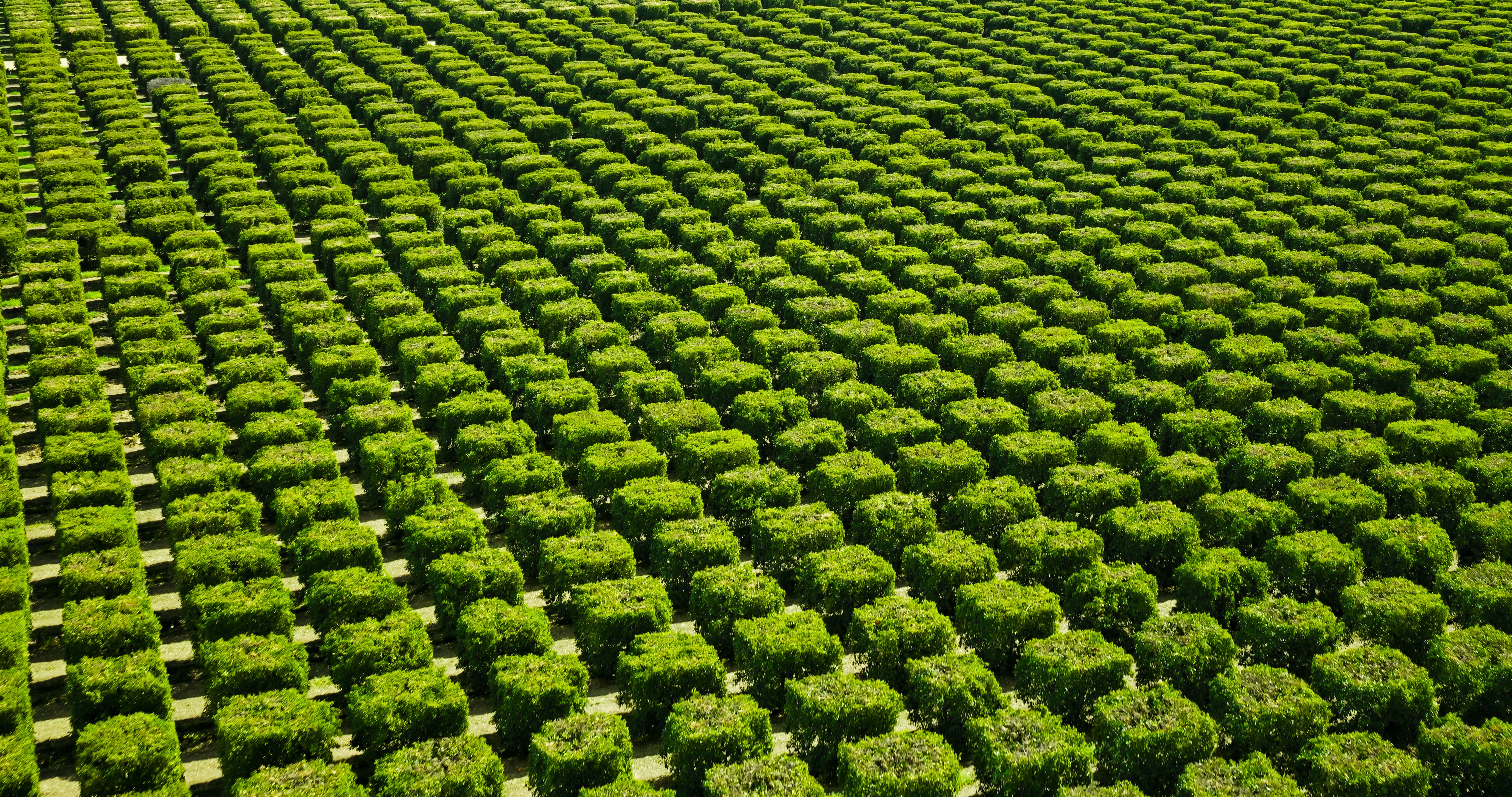Exploring the Future of Sustainable Agriculture in California
Introduction to Sustainable Agriculture in California
California, a leader in agricultural production, is at the forefront of integrating sustainable practices into farming. With a focus on reducing environmental impact and increasing efficiency, sustainable agriculture is becoming essential in addressing climate change and resource scarcity. California's diverse climate and innovative spirit make it an ideal location for pioneering these practices.

Technological Innovations Driving Change
Technological advancements play a significant role in the evolution of sustainable agriculture. From precision farming to drone technology, these innovations help farmers optimize resource use, reduce waste, and increase crop yields. Precision farming, for instance, allows for targeted application of water and fertilizers, minimizing environmental impact while maximizing output.
Drones equipped with advanced sensors are increasingly used to monitor crop health and soil conditions. This real-time data helps farmers make informed decisions, improving the sustainability of their operations. The integration of artificial intelligence and machine learning further enhances these capabilities, offering predictive insights into crop management.
Water Management: A Critical Component
Water scarcity is an ongoing challenge in California, making efficient water management a crucial aspect of sustainable agriculture. Innovative irrigation systems such as drip irrigation and advanced water recycling techniques are helping farmers reduce water consumption without compromising crop quality.

Moreover, the use of drought-resistant crop varieties is gaining traction. These crops require less water and are more resilient to changing climate conditions, ensuring food security even in times of water shortage.
Soil Health and Regenerative Practices
Maintaining soil health is fundamental to sustainable farming. Techniques such as crop rotation, cover cropping, and reduced tillage help preserve soil structure, enhance nutrient content, and prevent erosion. These regenerative practices not only boost productivity but also contribute to carbon sequestration, mitigating climate change effects.
Farmers are also increasingly adopting organic farming methods, which avoid synthetic fertilizers and pesticides. By enhancing biodiversity and improving soil fertility naturally, organic farming supports long-term sustainability goals.
Policy Support and Community Engagement
Government policies and community initiatives play a pivotal role in promoting sustainable agriculture. Incentives for adopting eco-friendly practices encourage farmers to transition toward sustainability. Support programs for research and development further drive innovation in this field.

Community engagement is equally vital. Collaborative efforts among farmers, researchers, and policymakers foster knowledge exchange and accelerate the adoption of best practices. Educational programs increase awareness of sustainable methods, empowering local communities to contribute to environmental stewardship.
The Future of Sustainable Agriculture in California
The future of sustainable agriculture in California looks promising as technology continues to evolve and awareness grows. By embracing innovative practices and prioritizing environmental health, California can lead the way in creating a sustainable agricultural model that balances productivity with ecological responsibility.
As consumer demand for sustainably produced food increases, the agricultural sector must adapt to meet these expectations. With ongoing support from government policies and advancements in technology, the transition toward sustainable agriculture promises a healthier planet and a more secure food supply.